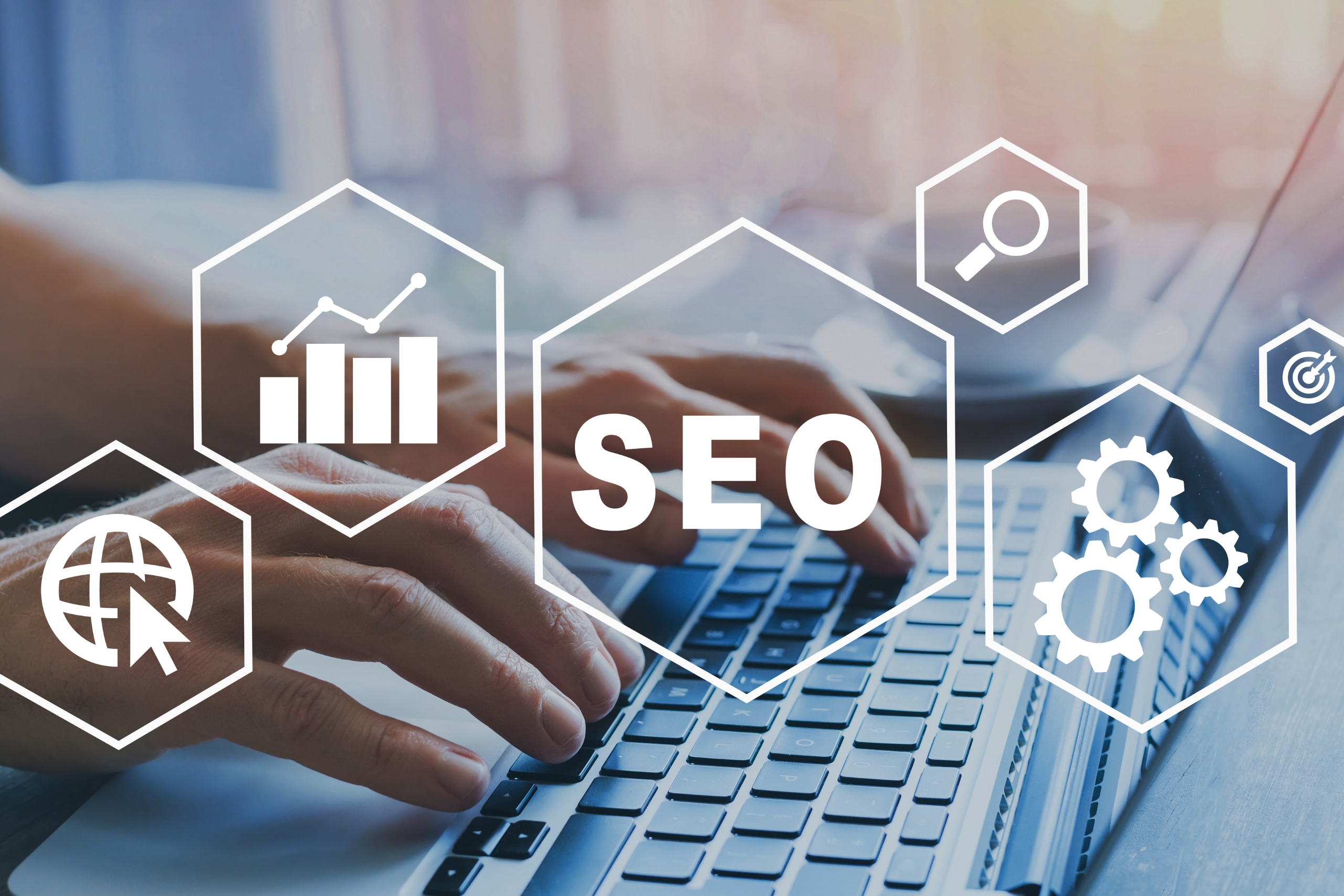
Technical SEO is important for Shopify stores because it directly affects the website’s visibility and ranking on search engines. By optimizing technical aspects such as site speed, mobile-friendliness, URL structure, and schema markup, Shopify stores can improve their chances of appearing higher in search results. This, in turn, increases the likelihood of attracting organic traffic and potential customers.
Additionally, technical SEO helps search engine crawlers effectively index and understand the content on a Shopify store, making it easier for them to display relevant pages to users. By ensuring that the website is easily accessible and navigable for both users and search engines, Shopify store owners can enhance their online presence and ultimately boost sales and conversions.
Furthermore, technical SEO also plays a crucial role in improving user experience and reducing bounce rates, which are important factors for both SEO and overall website performance. Therefore, investing in technical SEO for Shopify stores is essential for long-term success and a competitive edge in the e-commerce landscape.
Understanding Technical SEO for Shopify
Technical SEO refers to the process of optimizing the infrastructure of a website to improve its visibility and ranking in search engine results. This includes addressing issues related to website speed, crawlability, indexing, and other technical factors that impact a site’s ability to rank well in search engines.
For Shopify websites, technical SEO plays a crucial role in determining how well a site performs in search engine results. By addressing technical issues such as page load speed, mobile-friendliness, structured data markup, and site architecture, Shopify websites can improve their overall visibility and ranking in search engine results pages (SERPs). This can ultimately lead to increased organic traffic and conversions for Shopify e-commerce stores.
The importance of technical SEO cannot be overstated when it comes to the overall SEO strategy for Shopify websites. Without proper technical optimization, a website may struggle to rank well in search results and fail to attract organic traffic. By prioritizing technical SEO, Shopify website owners can ensure that their site is equipped to perform well in search engine results, ultimately leading to improved visibility, traffic, and conversions. Therefore, it is essential to include technical SEO as a foundational element of the overall SEO strategy for Shopify websites.
Key Technical SEO Components for Shopify
Shopify is a popular e-commerce platform that offers entrepreneurs an easy and efficient way to set up their online store. However, in order to maximize the visibility and performance of their Shopify site, it’s important to pay attention to key technical SEO components. These components are essential for ensuring that the website is easily accessible and understandable by search engines, which can ultimately lead to increased organic traffic and improved rankings.
Shopify-Specific Technical SEO Considerations
When it comes to Shopify-specific technical SEO considerations, there are a few key factors to focus on. First and foremost, optimizing page speed and ensuring mobile responsiveness are crucial for improving SEO performance. This involves minimizing image sizes, leveraging browser caching, and using responsive design techniques to ensure a seamless user experience on all devices.
Another important aspect of Shopify-specific technical SEO is the implementation of structured data and schema markup. This involves adding specific code to the website to provide search engines with detailed information about the content on the site. This can help improve the visibility and relevance of the site in search results, ultimately leading to more organic traffic.
In addition to these technical considerations, Shopify site owners should also focus on creating high-quality, relevant content that aligns with their target audience’s search intent. This can help improve the site’s overall performance in search results and drive more qualified traffic to the site.
By focusing on these technical SEO considerations, Shopify site owners can improve their site’s visibility, user experience, and overall performance in search results.
Website Architecture and Navigation Optimization
Logical site structure is crucial for the success of a website. It not only aids in improving user experience but also plays a pivotal role in search engine optimization (SEO). Optimizing internal linking and navigation menus is a key aspect of logical site structure.
Properly organized navigation menus help users easily find the information they are looking for, leading to a satisfactory browsing experience. Additionally, logical site structure ensures that search engines can easily crawl and index the website, which can improve its ranking in search results.
When internal linking is optimized, it helps search engines understand the importance and relevance of different pages on the website. This, in turn, can boost the SEO performance of the website. Moreover, internal linking can also drive traffic to important pages and increase the time users spend on the website.
SEO-friendly URL Structure and Optimization
URL optimization is crucial for SEO, as it helps search engines understand the content of a webpage and improves the chances of ranking higher in search results. Here are some best practices for URL optimization:
1. Keep it simple and readable: Use clear, concise, and descriptive URLs that include relevant keywords. Avoid using unnecessary parameters, numbers, or special characters.
2. Use hyphens to separate words: Hyphens are preferred over underscores or spaces for separating words in a URL. This makes the URL more readable and easier for search engines to interpret.
3. Include relevant keywords: Incorporate relevant keywords that accurately describe the content of the page. This helps both search engines and users understand what the page is about.
4. Avoid using dynamic URLs: Dynamic URLs with long strings of numbers and characters are difficult for search engines to crawl and index. Where possible, use static URLs that are clean and user-friendly.
Proper URL redirects and handling are also important for maintaining SEO value and user experience. Implementing 301 redirects for outdated or changed URLs ensures that link equity is passed on to the new URL. Additionally, managing URL parameters and duplicate content through canonical tags can help prevent indexing issues. By following these best practices, you can create a strong URL structure that contributes to better SEO performance.
Shopify Apps and Plugins for Technical SEO
Shopify, being a popular e-commerce platform, offers several apps and plugins specifically designed to optimize technical SEO for online stores. Some popular apps include SEO Manager, Plug in SEO, and ReloadSEO. These tools provide features such as meta tag customization, URL optimization, sitemap generation, and structured data markup.
To maximize the SEO impact of these apps, it’s important to focus on optimizing product pages, ensuring that meta tags are unique and descriptive, and creating SEO-friendly URLs. It’s also essential to regularly review and update the sitemap to ensure all product pages are being indexed by search engines. Additionally, implementing structured data markup can help improve the visibility of product information in search results.
Integrating these apps and plugins into Shopify is relatively straightforward, with most offering easy installation and user-friendly interfaces. Once integrated, it’s crucial to regularly monitor and analyze the performance of these tools to identify any SEO issues and make the necessary adjustments. By leveraging these apps and plugins effectively, online stores can enhance their technical SEO and improve their visibility in search engine results.
On-Page SEO Techniques for Shopify
On-page SEO is crucial for Shopify websites as it directly affects their search engine rankings and visibility. Optimizing meta tags, headings, and content is essential for improving the website’s relevance and visibility in search results. This includes using relevant keywords, creating unique and compelling meta descriptions, and structuring content with appropriate headings to make it easy for search engines to understand the website’s content.
Image optimization and alt tags play a significant role in on-page SEO for Shopify. Optimizing images with descriptive file names and adding relevant alt tags not only improves the user experience but also helps search engines understand the content of the images, further enhancing the website’s visibility.
Additionally, optimizing product descriptions and titles is essential for Shopify websites to rank higher in search results. Using relevant keywords, creating unique and detailed product descriptions, and optimizing product titles can significantly impact the website’s search engine rankings and attract more organic traffic.
Technical SEO Audit for Shopify
A comprehensive technical SEO audit for Shopify websites is essential for identifying and fixing technical SEO issues that can impact the website’s performance in search engine rankings. There are various tools and techniques available for conducting such audits, including website auditing tools like Screaming Frog or SEMrush, as well as manual checks for issues such as broken links, page speed, and mobile responsiveness.
In addition to conducting the audit, it’s important to monitor and track the technical SEO performance of the Shopify website. This involves using analytics tools like Google Analytics or Shopify’s built-in analytics to evaluate the success of the SEO efforts. Tracking changes and making adjustments based on the data obtained from these tools is crucial for ensuring continuous improvement in the website’s technical SEO performance.
Ultimately, a well-executed technical SEO audit and ongoing monitoring and tracking of performance are essential for maintaining and improving the visibility and ranking of a Shopify website in search engine results. By addressing technical issues and making data-driven adjustments, businesses can ensure that their website is optimized for maximum visibility and performance in search engines.
Advanced Techniques for Technical Shopify SEO
When it comes to advanced techniques for technical Shopify SEO, there are a few key areas to focus on to maximize your search visibility and reach a wider international audience.
Advanced structured data implementation
Utilizing rich snippets and knowledge graphs can significantly enhance the appearance of your search listings, making them more eye-catching and informative for users. By implementing schema markup, you can provide detailed information about your products, services, and company, which can result in better click-through rates and increased traffic to your website.
International SEO considerations for Shopify
To optimize your Shopify store for a global audience, it’s important to implement multilingual and multi-currency options. This ensures that users from different regions can easily navigate and make purchases on your site in their preferred language and currency. Additionally, implementing hreflang tags and targeting specific regions can help search engines understand which version of your site to display to users in different locations, ultimately improving your international search visibility.
By focusing on these advanced techniques for technical Shopify SEO, you can effectively reach a wider audience and improve the overall performance of your e-commerce store.

Conclusion
In conclusion, implementing technical SEO strategies on Shopify websites is crucial for improving their visibility and search engine ranking. By optimizing the website’s technical aspects such as site speed, mobile-friendliness, structured data, and crawlability, Shopify SEO can be significantly enhanced. It is important to prioritize technical SEO as it directly impacts the website’s performance and user experience, ultimately leading to increased organic traffic and conversions. To effectively implement technical SEO on Shopify, the next steps involve conducting a thorough website audit, addressing any technical issues, optimizing website speed and mobile-friendliness, implementing structured data, and continuously monitoring and optimizing the website for SEO performance. By focusing on these technical SEO strategies, Shopify websites can effectively improve their online presence and reach their target audience.
